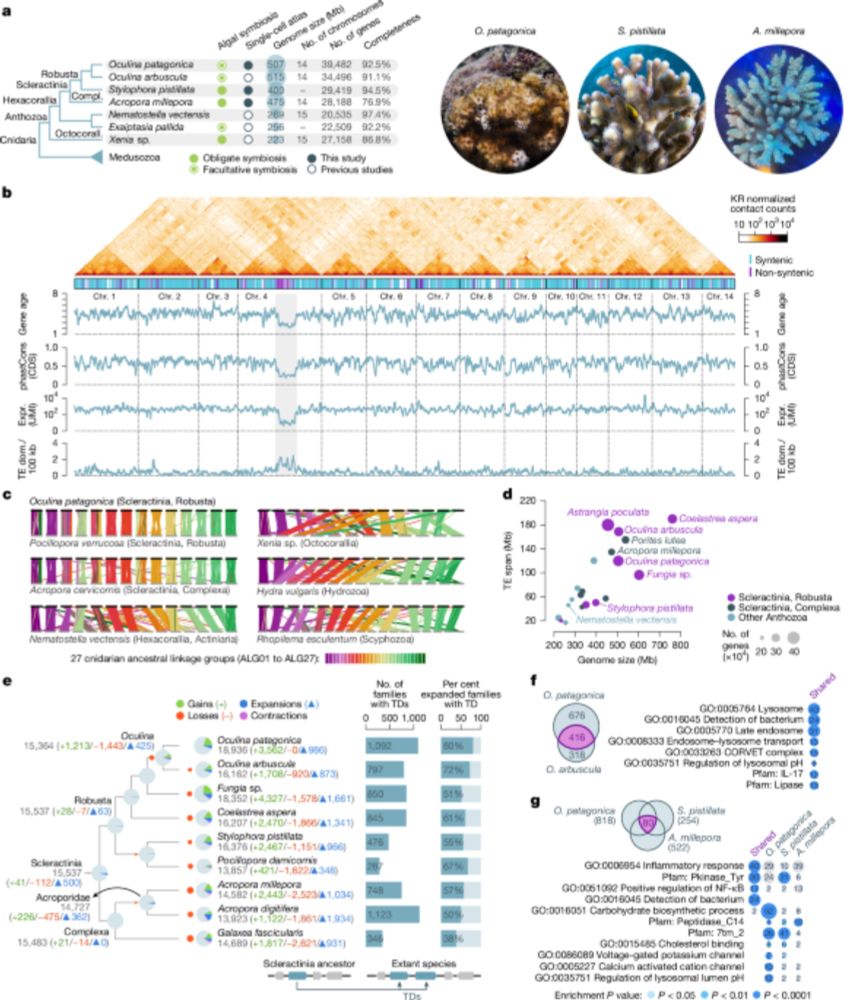Genome regulation, chromatin, cell types, and evolution. https://www.sebepedroslab.org




and reveal remarkable conservation of cell type programs across 250+ million years of stony coral evolution.

and reveal remarkable conservation of cell type programs across 250+ million years of stony coral evolution.


